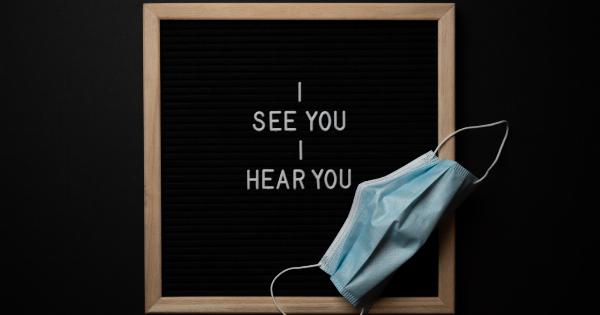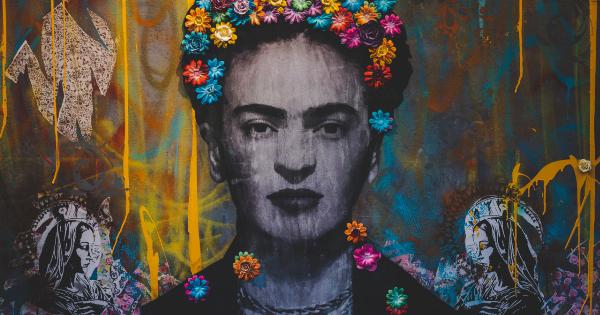Paranoia, hallucinations, and anxiety are common symptoms of various mental disorders. Although they are distinct phenomena, they often co-occur and seem to be related in complex ways.
Understanding the relationship between these symptoms and the underlying mechanisms that drive them is crucial for effective diagnosis and treatment of mental illnesses.
Paranoia
Paranoia is a type of delusion that involves strong and uncorroborated beliefs about being persecuted, harassed, or threatened by others.
Paranoid individuals may believe that they are being followed, spied on, or manipulated, even when there is no evidence to support these claims. Paranoia is a common feature of several mental disorders, including schizophrenia, bipolar disorder, and severe depression.
The exact causes of paranoia are not known, but it is believed to be related to dysfunction in certain brain regions that process social information and emotional cues.
Studies have shown that paranoid individuals often have exaggerated amygdala responses to threats or negative stimuli, which may lead to hyper-vigilance and distrust of others. Genetic factors may also play a role in the development of paranoia, as it tends to run in families.
Hallucinations
Hallucinations are sensory experiences that occur in the absence of external stimuli. They can affect any of the senses, but auditory and visual hallucinations are the most common.
Hallucinations can be fleeting or persistent, and can range from simple sounds or images to complex and vivid scenarios. Hallucinations are a hallmark symptom of schizophrenia, but they can also occur in other mental disorders, such as bipolar disorder, post-traumatic stress disorder (PTSD), and substance abuse.
The mechanisms of hallucinations are not fully understood, but they are believed to arise from abnormalities in brain networks involved in perception, attention, and memory.
Aberrant activation of the default mode network (DMN), a set of brain regions that normally are active during mind-wandering and self-referential thought, has been proposed to underlie hallucinations. Disrupted connectivity between the DMN and other brain regions, such as the sensory cortex and the thalamus, may lead to the creation of false perceptions and experiences.
Anxiety
Anxiety is a broad term that refers to feelings of fear, apprehension, or unease.
It is a normal and adaptive response to stress, but when it becomes excessive or chronic, it can impair daily functioning and lead to various mental and physical health problems. Anxiety disorders, such as generalized anxiety disorder, panic disorder, and obsessive-compulsive disorder, are characterized by persistent and intense feelings of anxiety that interfere with daily life.
The underlying mechanisms of anxiety involve complex interactions between genetic, environmental, and psychological factors.
Abnormalities in the amygdala, the prefrontal cortex, and the hippocampus have been implicated in the pathophysiology of anxiety. These brain regions play crucial roles in processing fear, regulating emotions, and forming memories, and dysfunction in these areas can lead to heightened fear responses, excessive worrying, and avoidance behaviors.
The relationship between paranoia, hallucinations, and anxiety
Paranoia, hallucinations, and anxiety are interrelated in several ways. First, they often occur together in the same individual and in the context of the same mental disorder.
For example, individuals with schizophrenia may experience paranoid delusions, auditory hallucinations, and chronic anxiety. Second, they share common neurobiological substrates, such as the amygdala, the prefrontal cortex, and the hippocampus.
Dysfunction in these areas can lead to hyper-vigilance, aberrant salience perception, and fear conditioning, which are features of all three symptoms. Third, they may be mutually reinforcing and exacerbating. Paranoia can lead to exaggerated suspiciousness and mistrust, which can increase anxiety and increase the likelihood of experiencing hallucinations.
Hallucinations can further reinforce paranoid beliefs and increase anxiety and stress.
Implications for diagnosis and treatment
The complex relationship between paranoia, hallucinations, and anxiety poses challenges for diagnosis and treatment of mental disorders.
Clinicians need to carefully assess the interplay of these symptoms and their underlying mechanisms to develop effective and tailored treatment plans. Pharmacological interventions, such as antipsychotic drugs and anxiolytics, can help alleviate the symptoms, but they may have side effects and variable efficacy.
Psychotherapy, such as cognitive-behavioral therapy and mindfulness-based interventions, can also be useful in addressing the cognitive and emotional factors that contribute to paranoia, hallucinations, and anxiety. Future research should focus on developing more targeted and personalized treatments based on a better understanding of the neurobiological mechanisms of these symptoms.
Conclusion
Paranoia, hallucinations, and anxiety are complex and intertwined symptoms of various mental disorders. They share common neurobiological mechanisms and can mutually reinforce and exacerbate each other.
Understanding the relationship between these symptoms is crucial for improving diagnosis and treatment of mental illnesses. Further research is needed to elucidate the underlying mechanisms and develop more effective and tailored interventions.






























